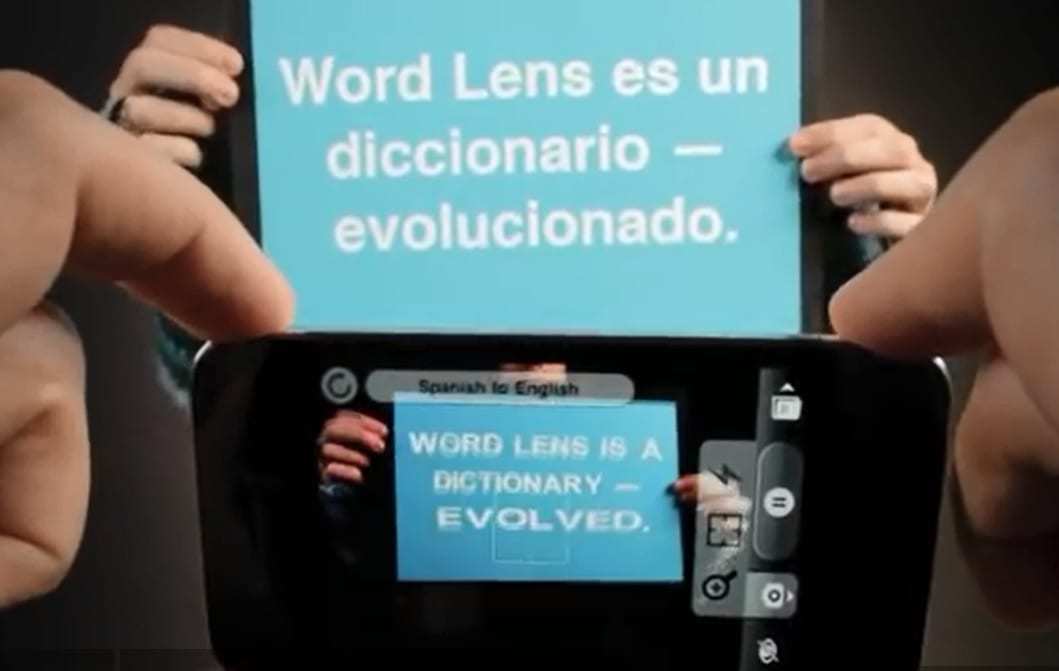The World Lens application and its language packs are now available for free.
Google has now announced that it has picked up the impressive World Lens augmented reality translation app, which is considered to be one of the most forward thinking applications that have been released in quite a while.
The well known mobile app was developed by Quest Visual, now owned by the tech giant.
Quest Visual announced on its own website that it has now been acquired by Google. Its augmented reality translation app is now available for free, and its team is now directing its focus toward the Google Translate feature. This will help the technology giant to be able to further improve its own translation options.
The augmented reality app allows a user to point a smartphone camera at a language for a translation.
It the mobile app functions by allowing a smartphone user to simply aim at the foreign language and then have the words translated into a text in a language that is understood by the user. World Lens uses AR technology to replace the foreign text with the translated words. The intention is to have that Quest Visual team switch over to Google Translate in the effort to integrate the World Lens technology into Google’s own application.
The two companies can be considered to be well suited to each other. The primary drawback to the acquisition of World Lens is that its language capabilities are currently quite limited. At the moment it supports the translation of only the following languages: English, French, Spanish, German, Italian, Portuguese, and Russian. That said, Google Translate is currently among the most advanced language translation systems on the globe, as it currently supports 345 languages and over 10,000 language pairs.
Quest Visual and its augmented reality technology has the potential to considerably accelerate the translation app’s workflow. At the moment, the Google Translate application requires a user to snap a picture, wait for that image to be scanned, and then have the app use a separate interface to actually conduct the translation. The World Lens system is much faster as it is video-based.

